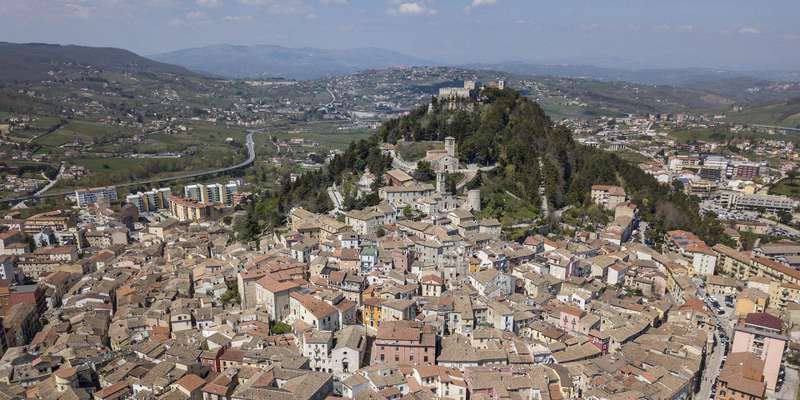- Home
- Useful Tips
- Where to see traditional...
Most travelers rush through Campobasso's castles and piazzas, unaware they're missing one of Italy's most authentic rural experiences. Over 78% of visitors to Molise never see its remarkable agricultural heritage, leaving without understanding the region's deep connection to the land. The frustration mounts when guidebooks only mention major attractions, forcing you to waste precious vacation time searching backroads for genuine cultural encounters. This oversight matters because these tools tell the story of generations who shaped Italy's food traditions – the very traditions you likely came to experience. Finding these exhibits shouldn't require speaking Italian or guessing at obscure road signs.


Why traditional farm tools reveal Molise's true character
Beyond Campobasso's medieval center lies a living testament to peasant ingenuity. The hand-forged grape crushers and wooden plows in local collections aren't mere artifacts – they're keys to understanding why Molise's cuisine, festivals, and landscapes developed uniquely. Unlike polished city museums, these rural exhibits show tools darkened by decades of use, often displayed exactly where farmers last used them. You'll see how generations solved problems with limited resources, like the ingenious 'trebbiatura' sledges that separated grain without machinery. This tangible history makes Molise's famous slow food traditions come alive in ways no restaurant meal can match.
The hidden museum every agriculture lover should visit
Tucked between Campobasso's suburbs and wheat fields, the Museo della Civiltà Contadina in Ferrazzano surprises visitors with its carefully curated collection. Local families donated most exhibits, meaning each sickle and butter churn comes with stories. The museum's pride is its complete 'carbonaia' setup – the intricate wood-stacking technique for charcoal production that sustained mountain communities. Unlike larger institutions, the caretakers often demonstrate tools in action during summer weekends. Time your visit for these live demonstrations to hear the creak of olive presses and smell freshly split chestnut wood, transforming historical objects into sensory experiences.
When to visit for hands-on farm experiences
Molise's agricultural calendar dictates the best moments to encounter tools in their natural context. September brings grape harvest demonstrations where you might tread grapes in century-old wooden vats. In late July, some villages near Campobasso recreate wheat threshing with original 'trebbie' boards during sagre festivals. Winter offers rare opportunities to see tools related to snow survival, like special sledges for transporting hay. These seasonal events require no tickets – just arrive early and follow the smell of woodsmoke or sound of folk music. Locals particularly welcome visitors who show genuine interest in these fading traditions.
How to find unmarked private collections
The region's most remarkable tools often hide in plain sight. Many Campobasso-area agriturismi display family collections in barns or cellars – just ask politely at smaller establishments. Look for 'Museo Privato' signs along SP85 road towards Jelsi, where retired farmers maintain intimate exhibits. These unofficial stops reward the curious with unfiltered access to history, though some may request small donations. For guaranteed access, several vineyards incorporate tool museums into wine tastings, blending oenology with agricultural heritage. Remember that afternoon closures are common; morning visits ensure you catch caretakers during their daily routines.
